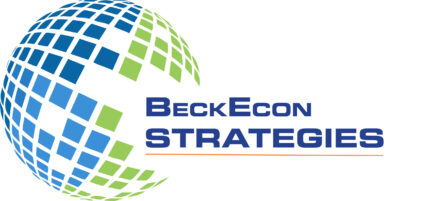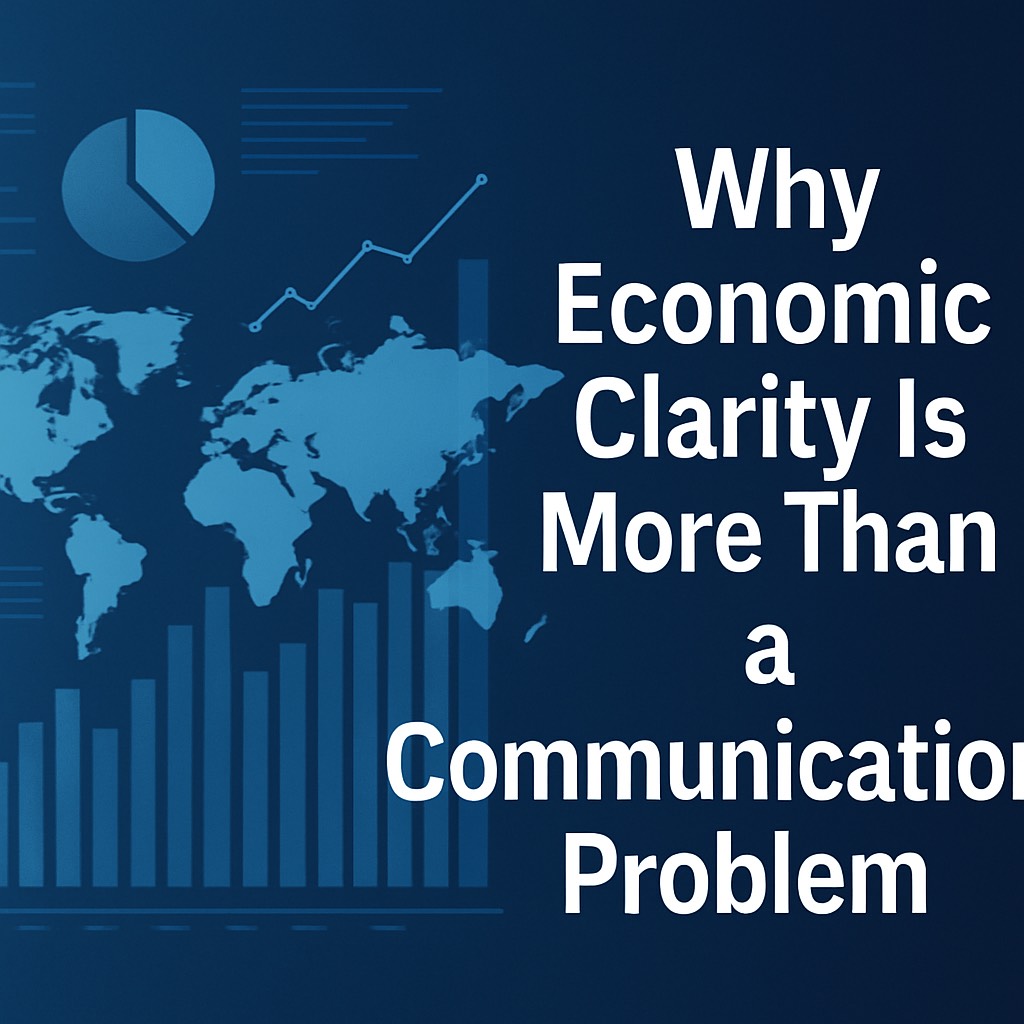In a recent commentary on U.S.–China trade tensions, former Treasury Secretary Henry Paulson warned of a dangerous unraveling: a decoupling of two of the world’s largest economies without a clear plan.
That lack of direction—he argues—puts both countries, and the global economy, at risk.
I agree. But I’d take it a step further.
What’s equally dangerous is how much of the U.S.–China economic narrative gets lost in technical language and ideological framing. Public understanding suffers. Trust erodes. And without the ability to explain real-world impacts—on jobs, inflation, supply chains, investment—we leave space for fear, distortion, or disengagement to take hold.
This is not just a policy issue. It’s a communication issue. And one with very real stakes.
Economic storytelling isn’t fluff. It’s a form of infrastructure—something that supports public trust, informed decision-making, and institutional legitimacy. It’s the bridge between modeling and meaning.
At BeckEcon Strategies, that’s what I help mission-driven organizations, agencies, and economic leaders build: tools that make complex data clear, credible, and stakeholder-ready.
Because when the narrative breaks down, so does influence.
This post references commentary by Henry M. Paulson Jr., originally published in The Washington Post (May 2025).

